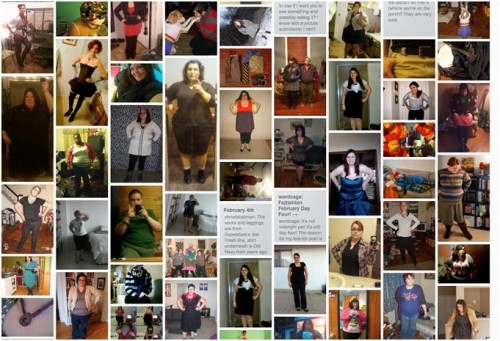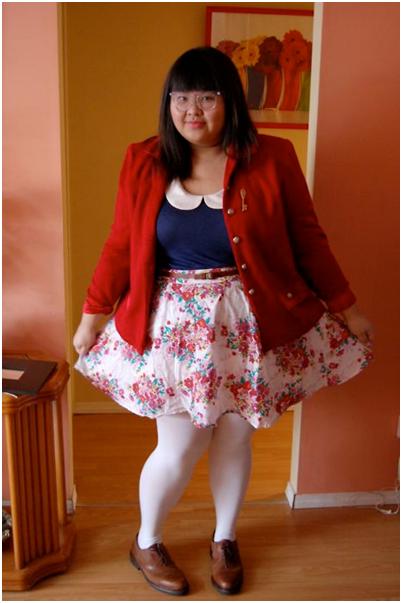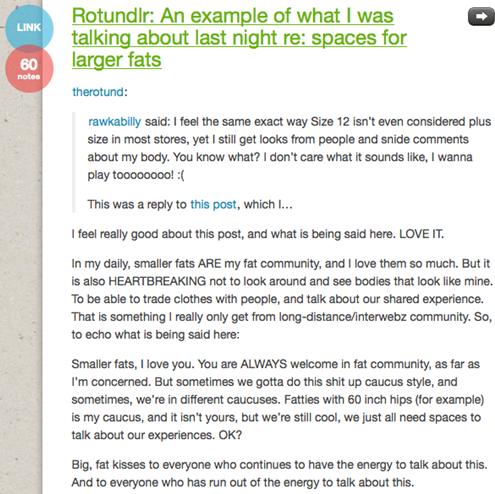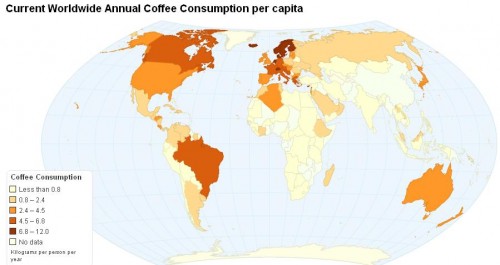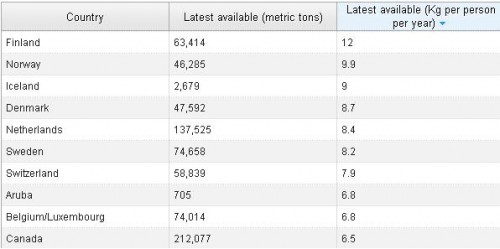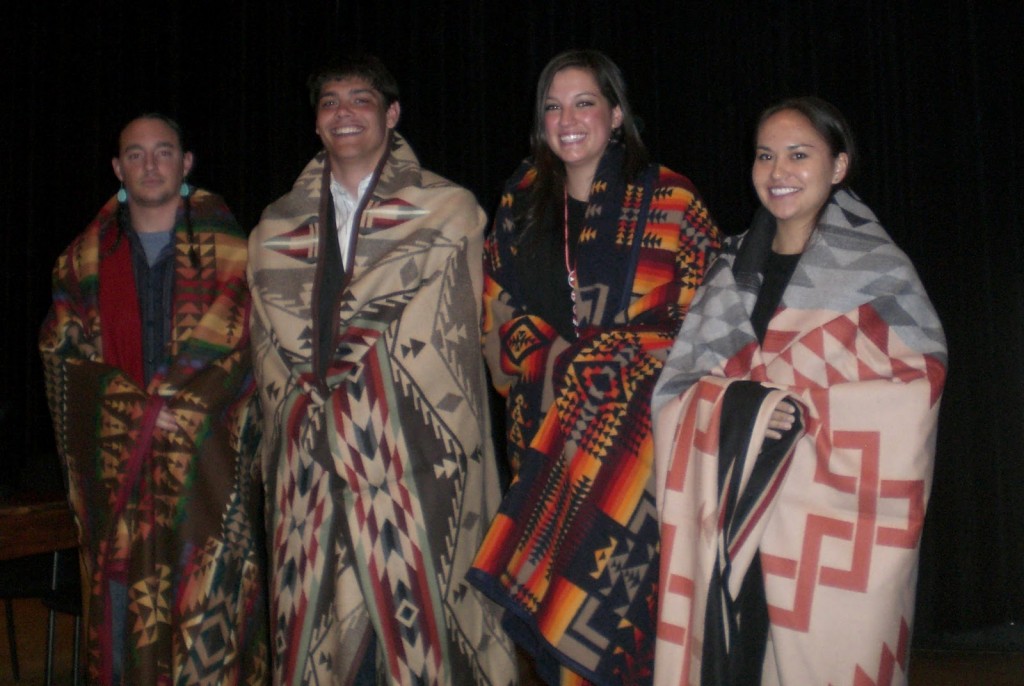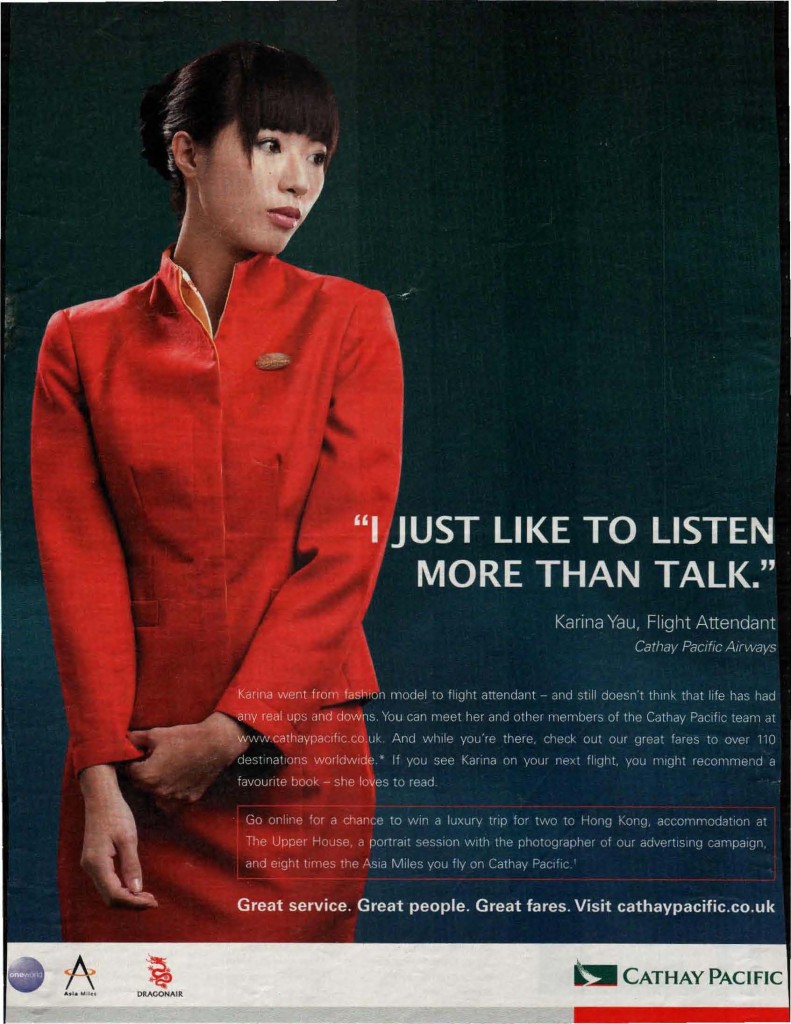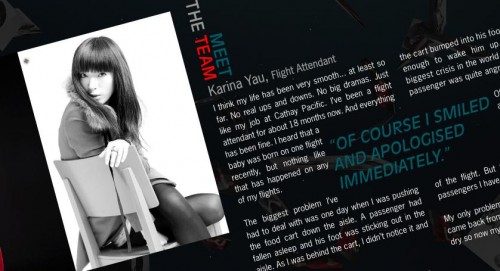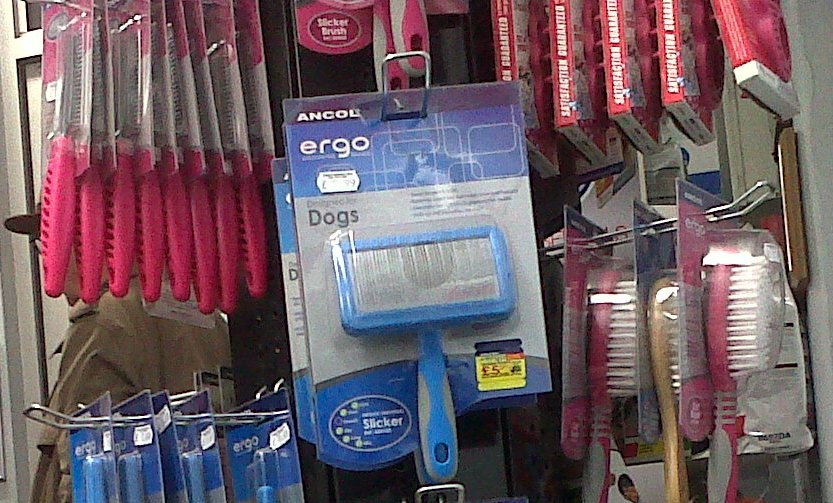When Jessie Dress of Austin, Texas started the project Fa(t)shion February for Femmes and Friends, she was responding to what she perceived as a gap in the online community celebrating “fatshion,” or fashion for fat-identified people. She explains, “I don’t feel like the fatshion blogs I see really represent the kind of radical queer fashion that I’m into and that feels like my community.” Jessie committed to posting “outfits of the day” (OOTD) every day in February. Her intention was to celebrate and draw attention to three kinds of politicized fashion projects – first, fatshion; second, the fashion of femme-identified queers; and finally, the fashion of allies of both fat and femme-identified people.
The result was Fa(t)shion February for Femmes & Friends – an inclusive space for posting OOTD for those who find themselves outside the mainstream fashion ideal. What started as her small personal project with a close group of friends has since exploded, with over 350 people participating in some way – a number that grows by the day:
Fa(t)shion February participant Gazel (of Gazelma)
The aim of the project is to “queer” fashion in a number of ways – to celebrate the subversive possibility of fashion. What’s exciting about how the Fa(t)shion February project has developed is the many different ways this aim has been realized. For example, an amazing conversation has emerged through the project regarding the “fat experience.” Fa(t)shion February was created to be explicitly inclusive of those who are often missing from the fatshion dialogue – that is, individuals on the fattest end of the fat spectrum. This privileging of “bigger fats” is an attempt to further radicalize the fatshion phenomenon, but it has come with its own set of dilemmas. Some users expressed fear of participation because they aren’t “fat enough” or aren’t fat-identified. In response to a conversation on The Rotund, Jessie wrote on her tumblr,
The kinds of difficult – but incredibly important – dialogues that are happening in and around the project are part of what makes it succeed in its mission to use fashion as a tool of social activism and community building.
[The rest of the post is after the jump just because it’s somewhat long.]

